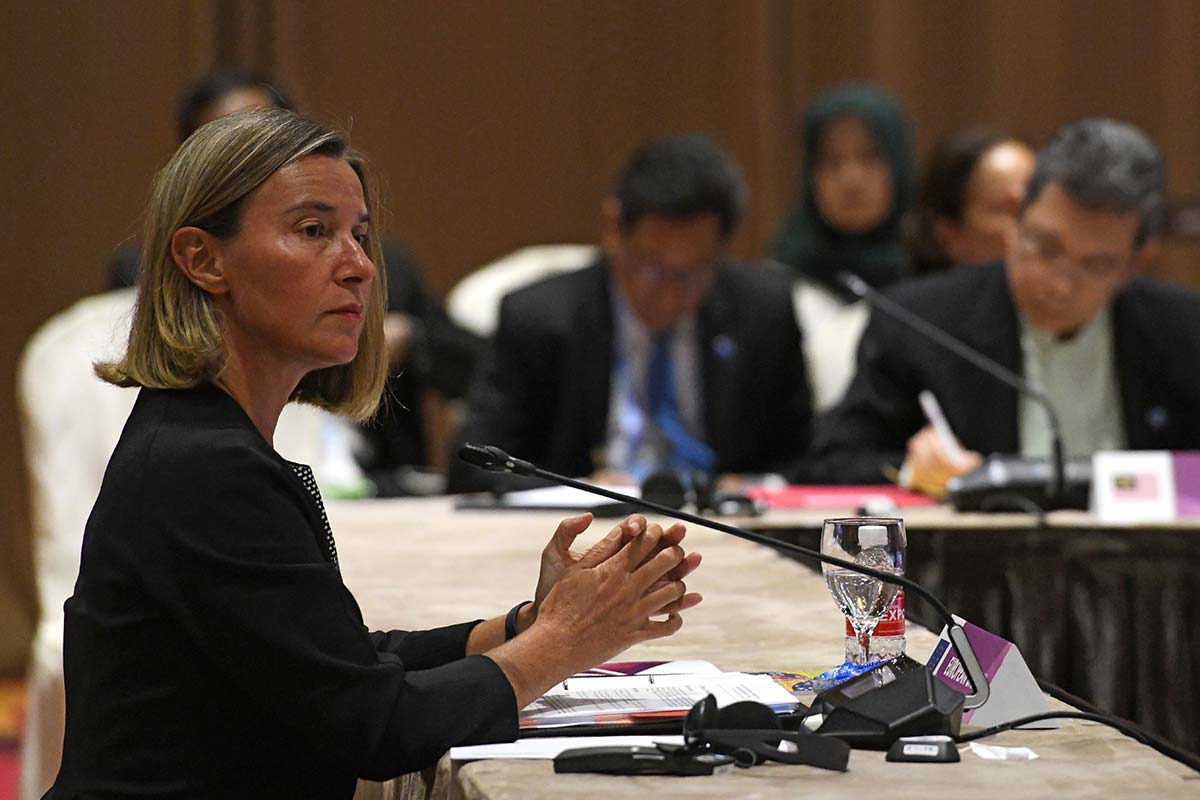China has been synonymous with pan-Eurasian infrastructure development since the unveiling of its grandiose Belt and Road Initiative (BRI) in 2013.
The plan, which would require investments to the tune of trillions of dollars has come under intense criticism for Beijing’s “debt-trap diplomacy” – the practice of supporting infrastructure investments in other countries with Chinese loans, which if not honoured, burdens the recipient country with debt, making it susceptible to greater Chinese influence.
However, the European Union (EU) – long distrusting of China’s BRI intentions – has launched a new Connectivity Strategy which seeks to link Europe and Asia in a similar fashion to how the BRI works.
Amid a shifting world order, this new strategy represents a more robust EU foreign policy which seeks to balance out China’s hegemonic aspirations in the region and the United States’ (US’) waning global influence as a result of Donald Trump’s “America First” policy.
Europe’s Connectivity Strategy
The finer details of the strategy have yet to be spelled out. However, at its core, it embodies a “sustainable, comprehensive and rules-based approach” towards Euro-Asian connectivity covering all modes of transport links including land, sea and air as well as digital and energy links. It also covers people-to-people connectivity by way of cooperation in the fields of research, tourism, culture, innovation and education.
According to the Asian Development Bank (ADB), Asia would require almost US$26 trillion in terms of infrastructure investment until 2030. With China’s BRI in full gear, most of this investment has been addressed via the proliferation of bilateral initiatives. While previously, most countries relied on domestic sources of investment and grants by multilateral development banks (MDBs), China’s generous lines of credit have changed much of the infrastructure financing in developing Asia today.
Though the promise of cheap credit is a tempting lure, Beijing’s generosity has long been seen by analysts and observers as having sinister underpinnings.
While the BRI does serve to help China soak up excess industrial capacity as well as promote economically underperforming regions in the state, the brazen manner of which the BRI is being aggressively promoted to the world may suggest that its primary motive is outward-facing. Fears of debt-trap diplomacy have already proven to be true given Sri Lanka’s experience of having to cede over Hambantota Port to Chinese companies after failing to honour its loan agreement.

Source: Various sources
Besides that, it is not a far-fetched assumption that the BRI may result in an increased Chinese security presence. The diversification of energy supplies, land and sea infrastructure development projects, and spread of Chinese soft power are undoubtedly primary geostrategic tools of Beijing. Moreover, the apparent vacuum left behind by the US in regions like Southeast Asia only presents a better opportunity for China to slide into a position of primacy.
Europe’s alternative emphasises governance, respect for international standards and practices, as well as fiscal and financial sustainability for infrastructure projects.
"Connectivity is the way to the future. The more connected we are, the more opportunities we have – to find common political solutions and to bring economic prosperity to citizens", said Federica Mogherini, Vice President of the European Commission (EC).
“Our approach is the EU's way: to establish stronger networks and strengthen partnerships for sustainable connectivity, across all sectors and based on a respect for common rules,” added Mogherini who is also High Representative of the EU for Foreign Affairs and Security Policy.
“This is the European way to tackle challenges and take opportunities, to the benefit of people in Europe and in Asia as well.”
For developing Asia, the European alternative to the BRI should be a welcome initiative. Financial sustainability is often overlooked as governments race to take advantage of global economic prosperity to develop their respective countries.
Financial dependency on one particular state – regardless of whether it is China or another state – could be detrimental in the long run. With the EU’s Connectivity Strategy, countries don’t have to place all their eggs in one basket and should be able to hedge their financing sources appropriately in order to avoid geopolitical ramifications down the road.
Related articles:
The shift in the East Asian order
